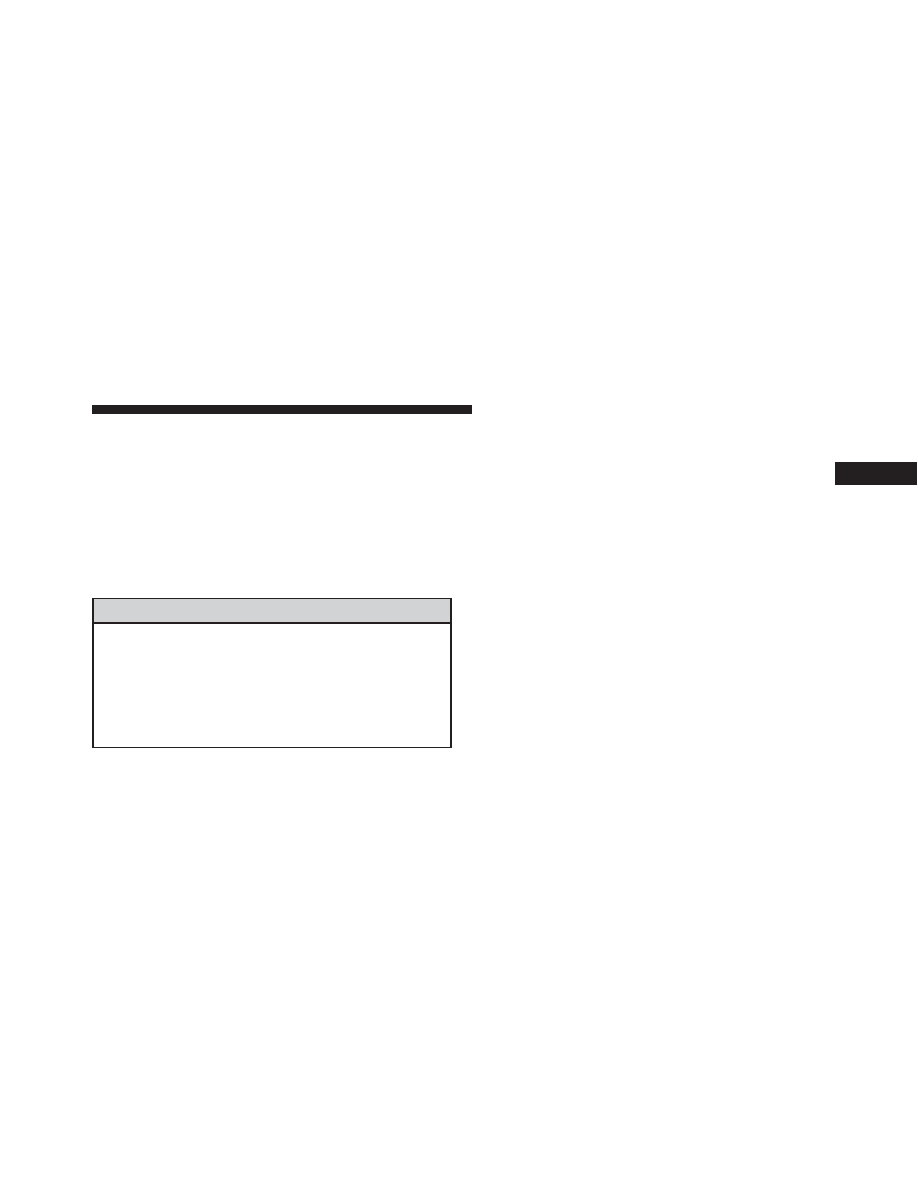Peugeot 4C (2015 year). Instruction - part 5

If the answer to any of these questions was “no,” then the
child still needs to use a booster seat in this vehicle. If the
child is using the lap/shoulder belt, check belt fit peri-
odically and make sure the seat belt buckle is latched. A
child’s squirming or slouching can move the belt out of
position. If the shoulder belt contacts the face or neck,
move the child closer to the center of the vehicle, or use
a booster seat to position the seat belt on the child
correctly.
WARNING!
Never allow a child to put the shoulder belt under an
arm or behind their back. In a crash, the shoulder belt
will not protect a child properly, which may result in
serious injury or death. A child must always wear
both the lap and shoulder portions of the seat belt
correctly.
Installing Child Restraints Using The Vehicle Seat
Belt
The seat belt in the front passenger seat is equipped with
a Switchable Automatic Locking Retractor (ALR). This
type of seat belt is designed to keep the lap portion of the
seat belt tight around the child restraint so that it is not
necessary to use a locking clip. The ALR retractor can be
“switched” into a locked mode by pulling all of the
webbing out of the retractor and then letting the webbing
retract back into the retractor. If it is locked, the ALR will
make a clicking noise while the webbing is pulled back
into the retractor. For additional information on ALR,
refer to “Occupant Restraints” in “Things To Know
Before Starting Your Vehicle.”
The image below defines the type of feature for each
seating position.
2
THINGS TO KNOW BEFORE STARTING YOUR VEHICLE
63